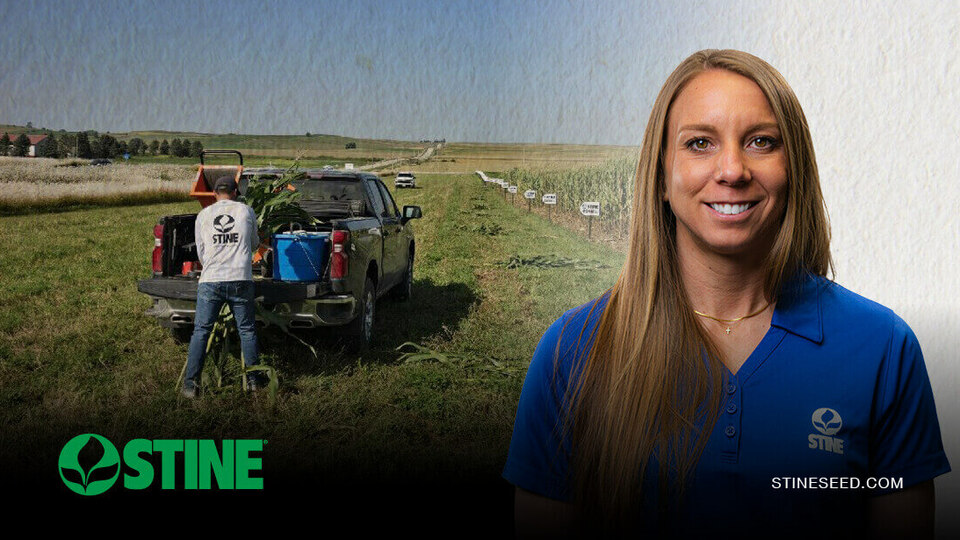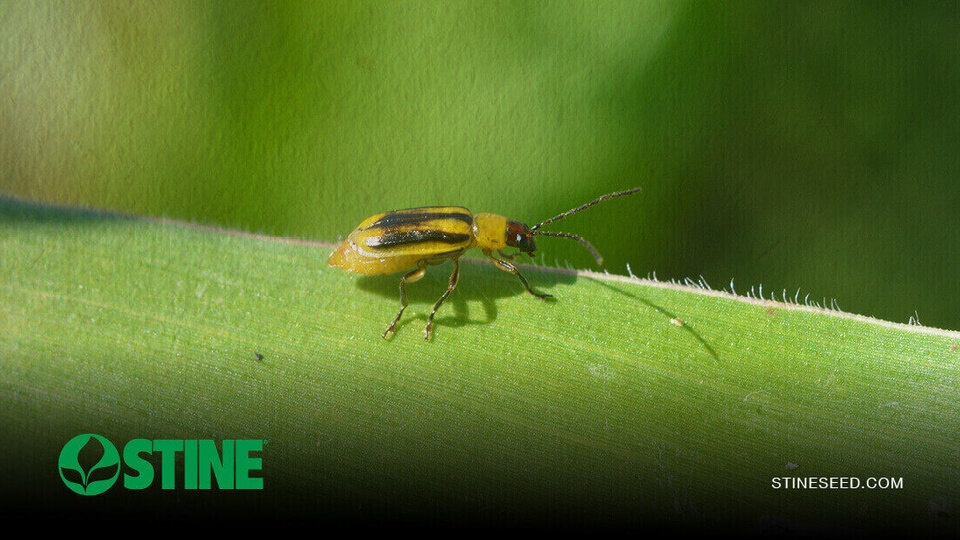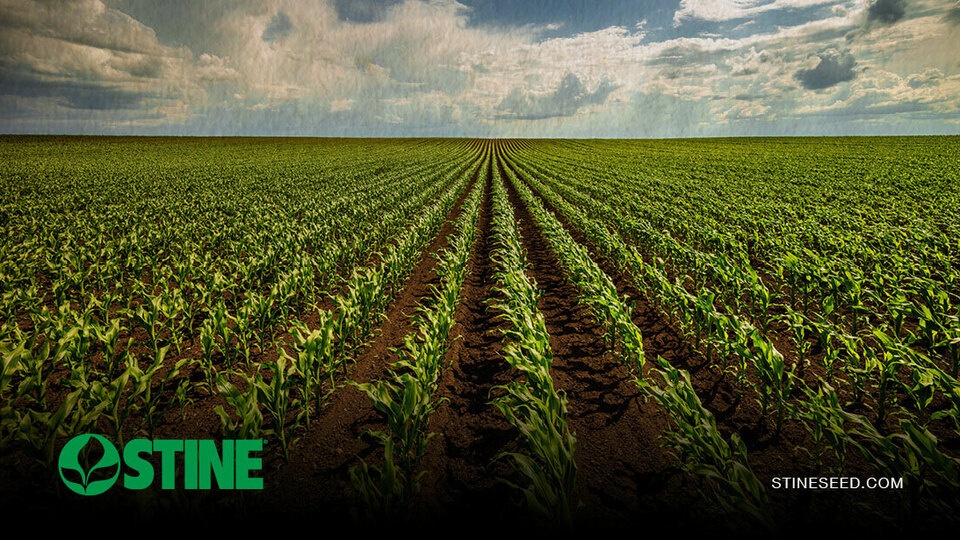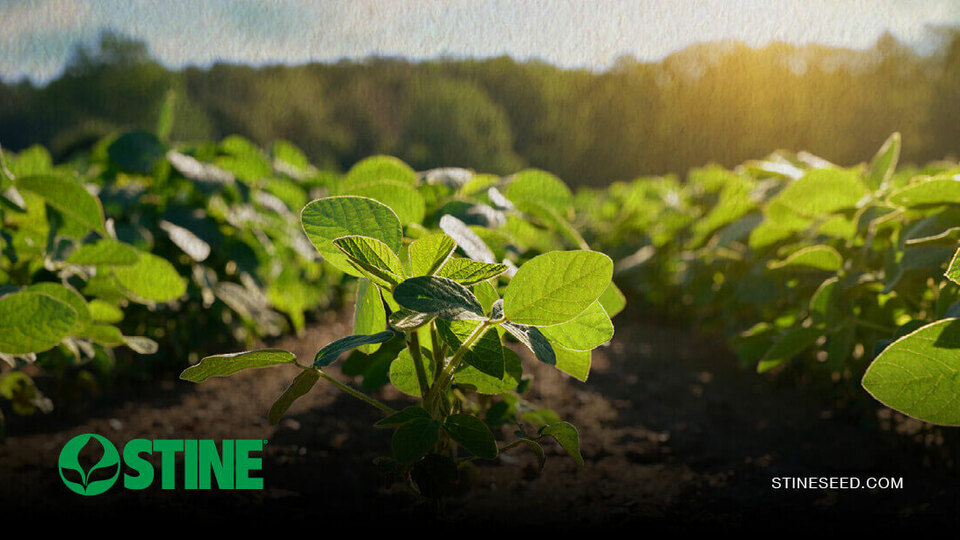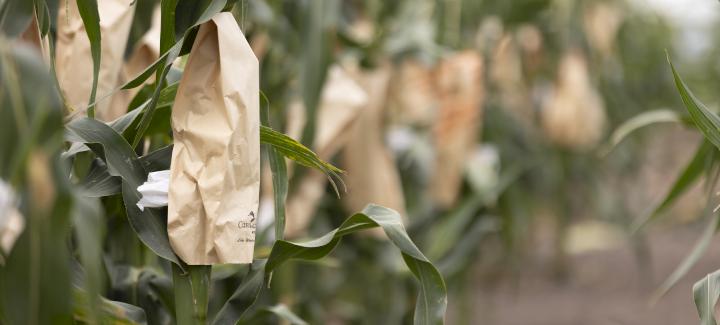
As one of the largest independent corn seed companies in the United States, Stine® has a unique advantage in the industry. We are family owned, and that independence ensures we are not beholden to corporate boards or red tape that may slow down processes. Harry Stine — our founder — started the company with a farmer-first mentality, which carries over to our breeding programs.
“As a farmer himself, my dad would never put a product on a grower’s farm that he wouldn’t put on his own operation,” says Warren Stine, assistant director of corn research. “Because of our independence and flexibility, we’re able to operate one of the industry’s largest and most prolific corn breeding programs while staying true to the principles of farming.”
In his position, Warren works in our corn nursery, where Stine’s corn breeding program begins.
How does corn breeding work?
At the Stine nursery — located on the original Stine Seed Farm in Adel, Iowa — we develop and maintain corn inbreds for Stine’s commercial product lineup and our hybrid yield trial testing system. Corn inbreds are essential to the production of making hybrids; they are considered the parents. Each hybrid requires two inbred parents: one male and one female.
“To create a stable inbred for commercial use requires about eight generations of self-pollinating. The Stine nursery is primarily for doing self-pollinations,” says Stine. “As corn is a naturally cross-pollinated crop, all self-pollinations must be controlled and done by hand. Soybeans, on the other hand, are naturally self-pollinated, so they do not require any of the extra work that corn requires.”
How do you pollinate corn?
Stine corn is pollinated through a three-step process, which includes:
- Covering the ear shoots with a shoot bag before the shoots have silks.
- Setting up tassel bags once both silks and pollen are produced.
- Shaking the pollen into the tassel bag and then removing the tassel bag and placing it over the ear shoot. Then, we sprinkle the pollen onto the silks.
Our corn nursery is approximately 39 acres this year — the largest we’ve ever had. We planted on four different planting dates, two weeks apart, starting in May and ending in June. This year, we have a total of 77,780 rows of inbred parents represented by approximately 58,000 hybrids in testing. We expect to do 650,000 hand pollinations, which takes roughly two tons of shoot bags, 14 tons of tassel bags and 80 pounds of staples.
“Self-pollinating corn is a tedious process, but it’s a critical step to breeding corn hybrids,” says Stine. “And we’re fortunate to have our corn breeding program down to a science to ensure that only the best inbreds advance to create top-performing hybrids. We’re not afraid to throw out what doesn’t work. It’s truly a numbers game, and the more inbreds we evaluate, the more material we have to produce the best corn hybrids on the market.”
Stay tuned for Part 2 in our corn breeding program series where we dive into our corn isolation blocks, new inbred development and corn yield trials.
